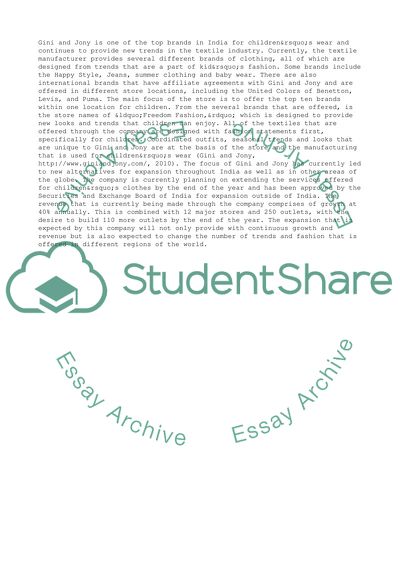Cite this document
(The Textile Industry to the City of Shanghai Assignment, n.d.)
The Textile Industry to the City of Shanghai Assignment. Retrieved from https://studentshare.org/business/1568119-international-marketing-plan
The Textile Industry to the City of Shanghai Assignment. Retrieved from https://studentshare.org/business/1568119-international-marketing-plan
(The Textile Industry to the City of Shanghai Assignment)
The Textile Industry to the City of Shanghai Assignment. https://studentshare.org/business/1568119-international-marketing-plan.
The Textile Industry to the City of Shanghai Assignment. https://studentshare.org/business/1568119-international-marketing-plan.
“The Textile Industry to the City of Shanghai Assignment”, n.d. https://studentshare.org/business/1568119-international-marketing-plan.


